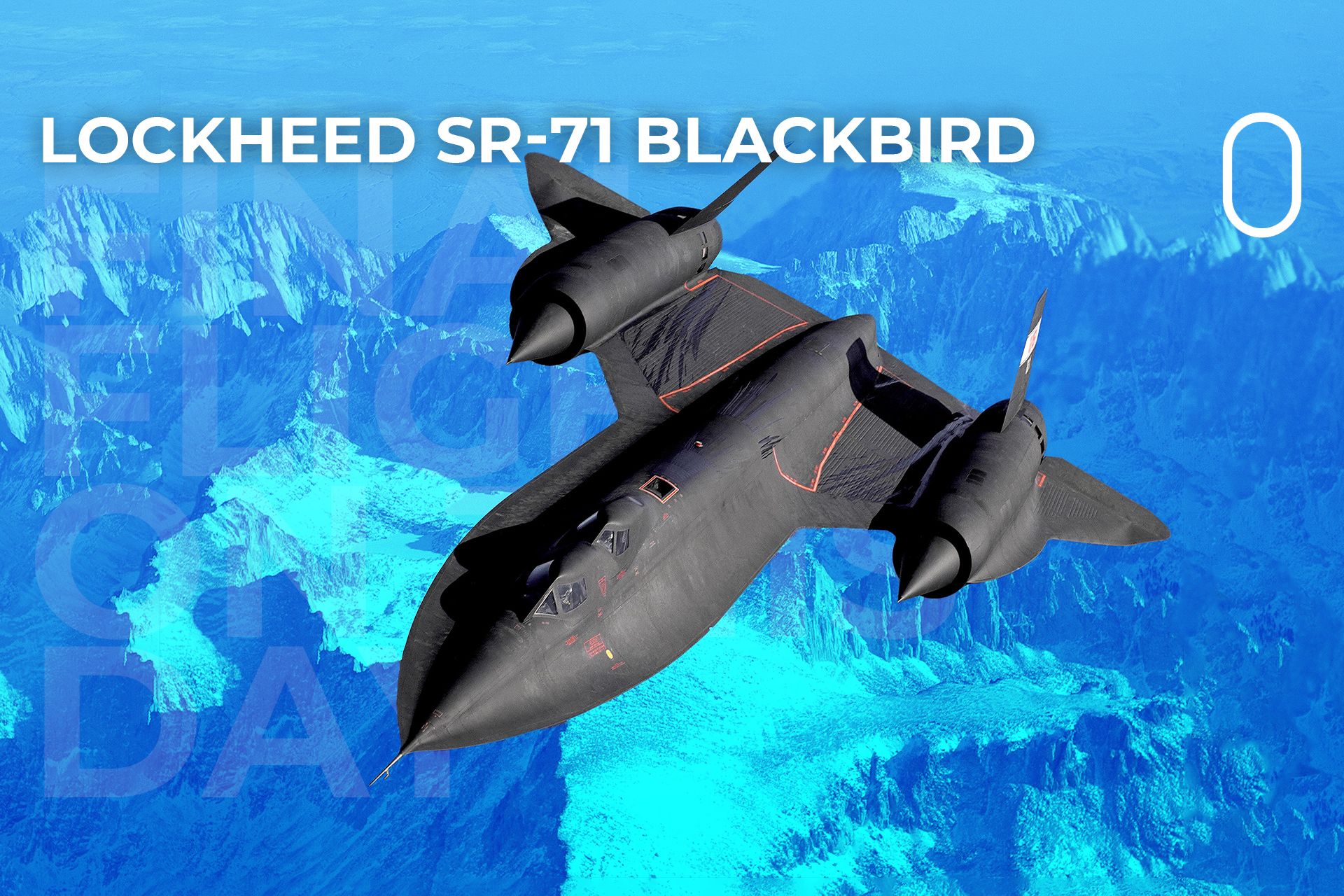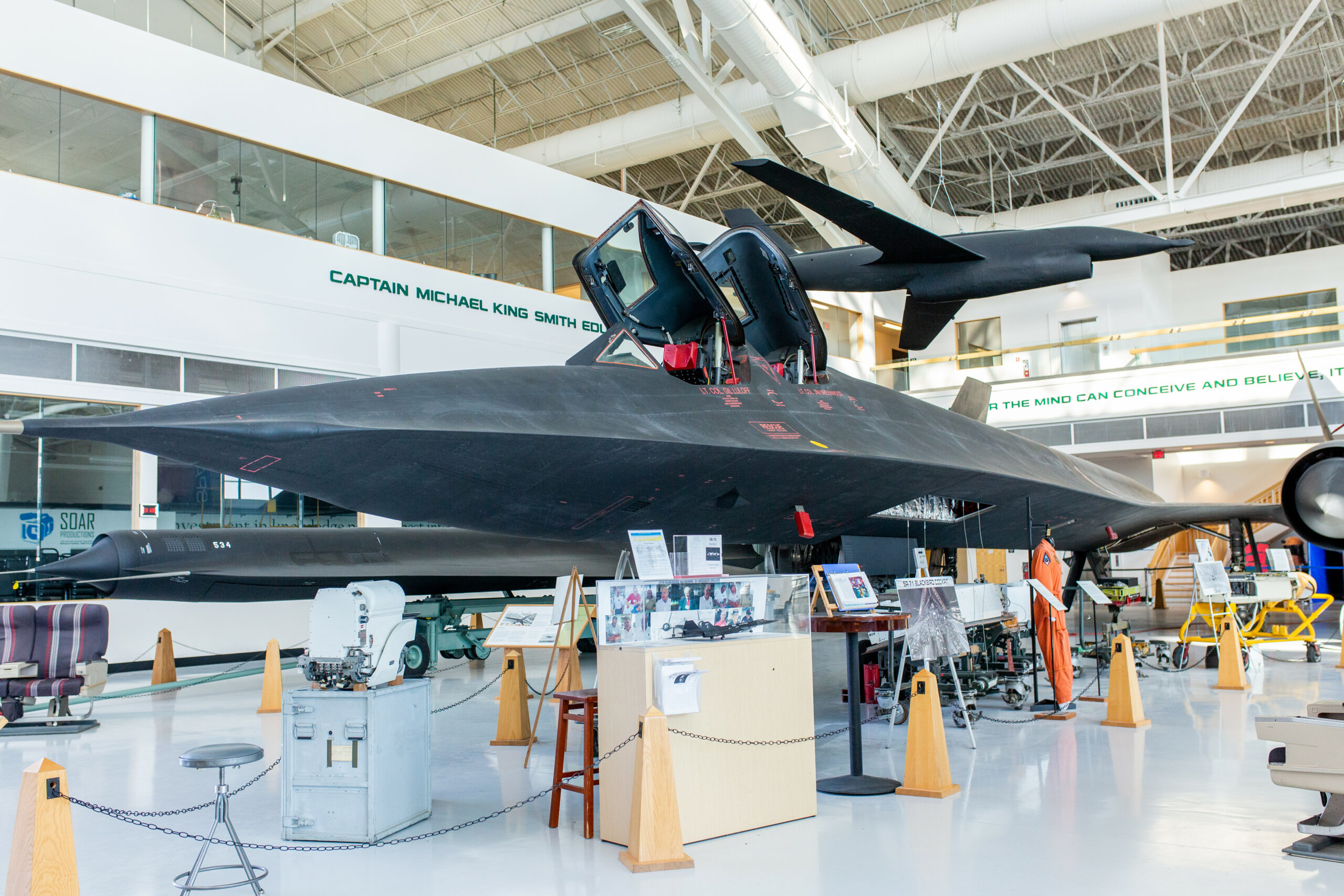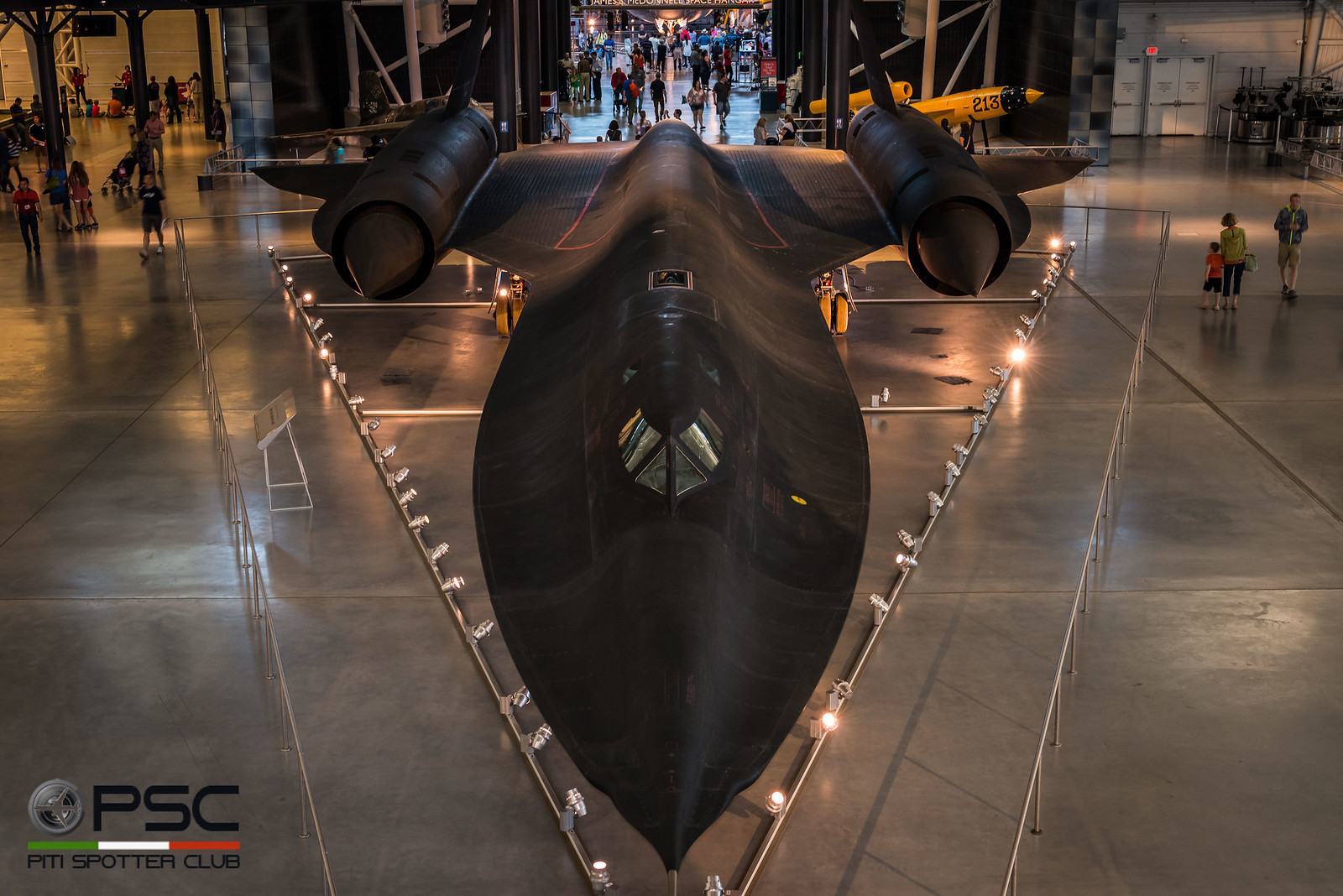Sr 71 Records - Visit our hotels in Washington, DC and Chantilly, VA to discover hundreds of the most important objects in aviation and space history.
In 1976, a Lockheed SR-71 Blackbird aircraft broke the world record for sustained altitude in level flight with an altitude of 25,929 meters (85,069 ft). On the same day, another SR-71 set an absolute speed record of 3 at 529.6 km/h (2,193.2 mph), about Mach 3.3.
Sr 71 Records

As the fastest jet aircraft in the world, the SR-71 has an impressive track record and service history. The Blackbird owes its success to the continuum of aircraft that preceded it.
Lockheed Sr 71a > National Museum Of The United States Air Force™ > Display
Designed by Clarence "Kelly" Johnson at Lockheed's Skunk Works, the SR-71 flew reconnaissance missions for the United States Air Force for over 30 years and played a key role in intelligence gathering during the Cold War. In addition to reaching altitudes of over 25,908 meters (85,000 ft) and cruising at speeds in excess of Mach 3.2, it can survey up to 160,934 square kilometers (100,000 sq mi) of territory. The stealth design reduces the radar signature and if hit by a surface-to-air missile, its evasive action is simply to accelerate and evade the attacker.
Of the 33 SR-71s built, 12 were lost in accidents unrelated to enemy action. Despite being fired over 4,000 times, not a single aircraft was shot down by enemy fire.
The SR-71 originated in the demanding environment of post-World War II reconnaissance. American leaders needed to understand the Soviet Union's nuclear capabilities, ICBM programs, and military installations. President Eisenhower authorized the use of bombers and balloons for intelligence gathering in the early 1950s, but these aircraft were vulnerable to flak and interceptors. The CIA asked aerospace manufacturers to design a new aircraft that was less vulnerable.
Kelly Johnson submits his U-2 proposal, essentially a glider with a jet engine and a panning camera in its belly. It's a slow craft, visible on radar, but it makes up for those shortcomings with its high-altitude capabilities. The U-2 can sail at altitudes in excess of 21,336 meters (70,000 ft), beyond the range of contemporary Soviet surface-to-air missiles and interceptors.
Why Did The Sr 71 Have To Refuel Right After Take Off?
The U-2C on display at the National Air and Space Museum in Washington D.C. is the seventh U-2 ever built. It originally flew as a U-2A and performed the first Soviet overflight.
A joint program between the Air Force and the CIA, the U-2 began flying across the Soviet border with great success in 1956, eventually completing 24 successful missions. However, the plane was detected by radar as soon as it flew overhead and it was only a matter of time before it was intercepted. On May 1, 1960, a surface-to-air missile explosion shot down Gary Powers' U-2 over Soviet airspace. The Soviets stopped overflying and U-2s continued to operate where air defenses were less advanced.
Clarence "Kelly" Johnson and Francis Gary Powers argue with an early U-2 plane behind them. Johnson managed Lockheed's Skunk Works during its heyday and contributed to some of the most original aircraft designs of the 20th century.

A few years before the Powers Incident, the CIA commissioned an investigation into the characteristics of spy planes that could not be shot down. The investigation revealed that the new aircraft had to be supersonic and have a small radar cross-section. Kelly Johnson answered the call. Because the U-2 was known as "Kelly's Angel" or "Angel", Lockheed designed its successor to the "Archangel" with the prefix "A". The CIA awarded the contract to Lockheed for the A-11, which was modified and secretly renamed the A-12.
Mach 3.5 Over Libya In An Sr 71 Blackbird
The early A-12 was tested in 1961 with the Pratt & Whitney J75 engine, but after entering service in 1963 it was modified with the J58 engine optimized for its rated Mach 3.2 speed.
The A-12 is a single-seat, twin-engine, twin-tail design made of titanium alloy. It carries a highly advanced film camera, but plans to eventually equip the craft with infrared cameras, side-looking radar and a gamma spectrometer. Like the SR-71, the A-12 was about 30 meters long, had a wingspan of 17 meters and weighed 54,431 kg. The CIA ordered 12 of these aircraft, and from 1965, the A-12 began flying missions at Kadena Air Base in Okinawa, Japan, as part of Operation Black Shield. These A-12s flew missions over Laos, North Vietnam and North Korea.
YF-12A. Secretary of Defense Robert McNamara viewed the proposed F-12B as a threat to funding for the B-70 and F-15, so the model never entered production.
At the same time, the Air Force wanted a long-range interceptor that could fly long distances at a triple sonic cruising speed of over 21,336 (70,000 feet) to intercept enemy bombers armed with Hughes Falcon air-to-air missiles. Kelly Johnson realized the A-12 airframe could work and designed an interceptor version of the A-12. This configuration has a second seat for the weapons officer and cuts the spine down the nose to accommodate the AN/ASG-18 fire control system and AIM-47A missile armament. The design was designated the YF-12A in 1962 and had its first successful flight at Groom Lake the following year. The model never went into production due to budgetary concerns. For the same reason, the A-12 airframe was never used to build a bomber, although Curtis LeMay expressed strong interest in the possibility.
Sr 71 Blackbird Vs X Jet: How The X Men's X Jet Blackbird Compares To The Original Sr 71
Although an accident during testing ended the M-21/D-21 program, the D-21 was later modified to launch from the B-52 Stratofortress.
Another project that grew out of the development of the A-12 was the M-21 aircraft and the D-21 unmanned aerial vehicle. Two A-12s were modified to carry and launch Lockheed D-21 remote-controlled reconnaissance drones, which will be powered by Marquardt jet engines. The modified A-12, renamed the M-21, was designed to take off with the D-21 and then launch the drone at a speed high enough to ignite the drone's jet engine. Due to a horrific accident where the UAV was difficult to separate during testing, this configuration was never put to operational use.
A successful offshoot of the A-12 was the SR-71 Blackbird. The USAF was instrumental in supporting the CIA's A-12 program in terms of funding, aerial refueling support, use of facilities at Kadena Air Base, and various means of transportation. The Air Force decided to order its own two-seat version of the A-12, an upgraded reconnaissance version for the Strategic Air Command. Its original purpose was to conduct post-nuclear reconnaissance; that is, to scan the enemy after a nuclear encounter. Fortunately, that seems less and less likely, and the SR-71 is also capable of routine intelligence gathering.

The experience gained from the A-12 program convinced the Air Force that flying the SR-71 safely required a crew of two, a pilot and a Reconnaissance Systems Officer (RSO). The RSO operates an array of high-resolution cameras and electronic intelligence-gathering equipment, as well as defense systems, including sophisticated electronic countermeasures capable of jamming most tracking and targeting radars. Blackbird's Pratt & Whitney J58 engine is designed to run continuously in the afterburner to facilitate supercruise.
Lockheed A 12
Due to the prohibitive cost of running the A-12 and SR-71 programs, SR-71 was selected in 1968 to take over Kadena's Operation Black Shield. The first combat mission was over Vietnam, with subsequent missions flying one to three times a week. Flights typically last just over six hours and cover a distance of more than 11,265 kilometers (7,000 sq mi). Collected images include supply depots, port facilities, industrial complexes and POW camps.
In the years that followed, Blackbird crews provided vital information on the 1973 Yom Kippur War, the Israeli invasion of Lebanon and its aftermath, and before and after footage of the 1986 U.S. Air Force invasion of Libya.
As space-based surveillance systems became more sophisticated and air defense systems became more effective, the Air Force chose to end the costly program. SR-71 operations were suspended in 1989 and the SR-71 program was soon terminated after 24 years of flying by Strategic Air Command. Although SR-71 flights resumed briefly in the mid-1990s, the program finally ended in 1998.
On March 6, 1990, the SR-71A on display at the Los Angeles Museum's Udvar-Hazy Center flew from Los Angeles to Washington, DC. The record flight covered nearly 4,828 kilometers (3,000 mi) in 1 hour, 4 minutes, and 20 seconds at an average speed of 3,418 kilometers per hour (2,124 mph).
That's A Right Pretty Sr 71
Today, 15 of the remaining SR-71s are stored in museums across the United States, three remain the property of Lockheed, and three are retained by NASA for research on aerodynamics, propulsion, structures, thermal protection materials, and instrumentation.
We rely on the generous support of donors, sponsors, members and other donors to share the history and impact of aerospace, educate and inspire the public
Sr 71 world records, sr 71 toy, sr 71 model rocket, sr 71 diecast, sr 71 blackbird records, sr 71 model airplane, sr-71 speed records, diecast sr 71 blackbird, sr-71 records, sr 71 shirt, sr 71 blackbird toy, lego sr 71 blackbird

0 Comments